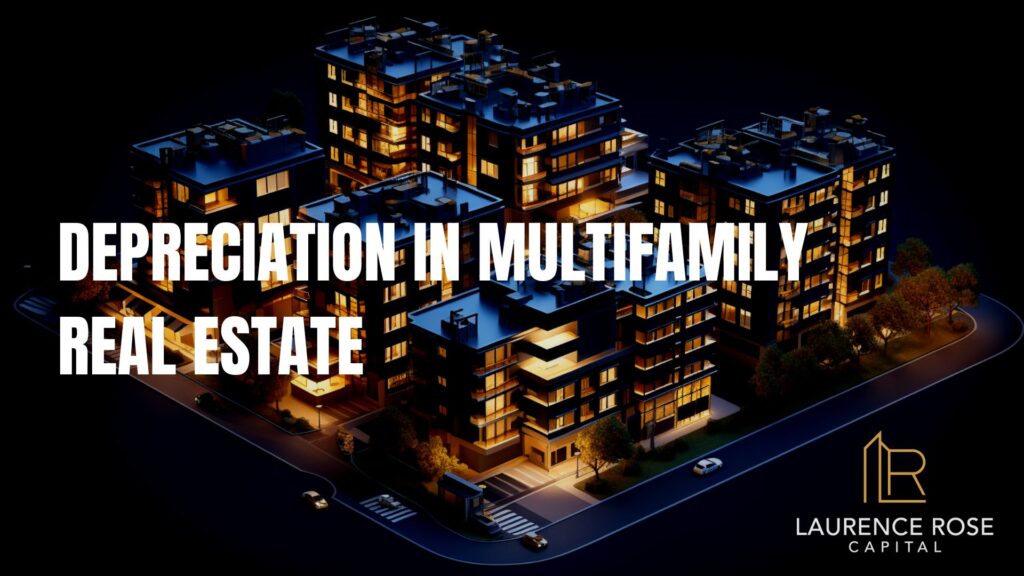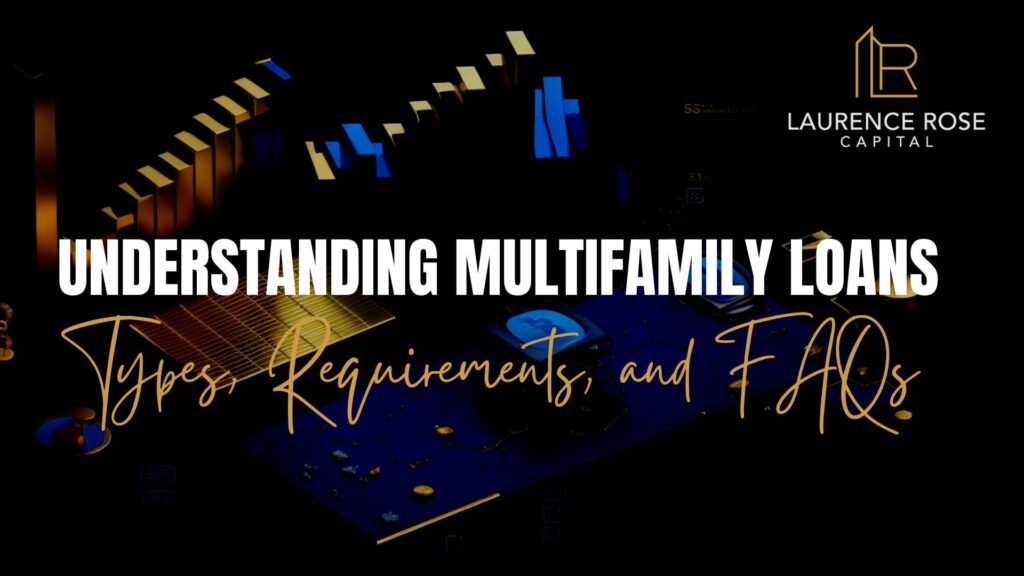Investing in multifamily properties has become a popular choice for individuals seeking to generate passive income and build long-term wealth. Multifamily real estate offers the advantage of multiple income streams from multiple tenants, creating a stable cash flow that can provide financial security. In this article, we will explore the best multifamily investing strategy for passive income, allowing investors to enjoy the benefits of real estate without active day-to-day involvement.
1. Buy and Hold Strategy
The buy and hold strategy is one of the most common and effective methods for generating passive income through multifamily investing. With this approach, investors purchase a multifamily property with the intention of holding onto it for an extended period. The property’s value appreciates over time, and rental income from tenants provides a steady stream of passive cash flow.
2. Focus on Cash-Flowing Properties
When seeking passive income, it’s essential to focus on cash-flowing properties. These are properties that generate more rental income than their ongoing expenses, including mortgage payments, property management fees, maintenance costs, and property taxes. Cash-flowing properties ensure that the rental income covers all expenses, leaving a surplus for the investor.
3. Multifamily Syndications
Multifamily syndications are an excellent option for passive investors who want to participate in larger real estate deals without taking on the responsibility of property management. In a syndication, a group of investors pool their funds together to collectively purchase a multifamily property. Professional syndicators handle the day-to-day operations, leaving the passive investors to enjoy the benefits of rental income without active involvement.
4. Investing in Stable Markets
Choosing the right location is crucial for passive income in multifamily investing. Investing in stable markets with strong job growth, a diverse economy, and a healthy rental demand can ensure a consistent stream of tenants and stable cash flow. Stable markets are less susceptible to economic downturns, providing a secure investment environment.
5. Value-Add Properties with Passive Management
Investing in value-add properties can be an effective way to increase the property’s value and rental income, ultimately enhancing passive income. Value-add properties may require renovations or improvements to attract higher-paying tenants. However, it’s essential to partner with a professional property management company that can handle the day-to-day operations, making it a passive investment for the owner.
6. Leveraging Financing Options
Leveraging financing options, such as obtaining a mortgage or partnering with other investors, can maximize the return on investment and increase passive income. Using borrowed funds to acquire a multifamily property allows investors to control a more substantial asset with a smaller upfront investment, enhancing the potential for passive cash flow.
7. Long-Term Rental Agreements
Long-term rental agreements, such as multi-year leases, can provide stability and predictability for passive investors. By securing tenants for more extended periods, investors can reduce tenant turnover and vacancy rates, ensuring a continuous flow of rental income without the need for constant marketing and tenant search.
8. Professional Property Management
Engaging a professional property management company is crucial for passive investors. A reputable property management team will handle tenant screening, rent collection, property maintenance, and addressing tenant concerns, allowing the investor to remain hands-off and enjoy passive income without the hassle of day-to-day management.
9. Consideration for Risk Management
While multifamily investing can be lucrative for passive income, it’s essential to consider risk management strategies. Maintaining adequate insurance coverage, setting aside cash reserves for emergencies, and conducting thorough due diligence on potential properties are vital steps to mitigate risk and protect passive income streams.
Conclusion
Investing in multifamily properties offers a powerful opportunity to generate passive income and build wealth over time. By employing the best multifamily investing strategy for passive income, such as focusing on cash-flowing properties, participating in syndications, and engaging professional property management, investors can enjoy the benefits of real estate ownership without the need for active involvement. Remember, passive income from multifamily investing requires patience, diligence, and smart decision-making, ultimately leading to a secure and prosperous financial future.
FAQs
- Is multifamily investing suitable for individuals with no real estate experience?
Yes, multifamily syndications and professional property management can make it accessible to passive investors with no real estate background. - What is the typical holding period for a buy and hold multifamily strategy?
The holding period for a buy and hold strategy can vary but is often five to ten years or more, depending on the investor’s goals. - How do I find reputable multifamily syndicators to invest with?
Researching syndicator track records, referrals, and attending real estate networking events can help identify reputable syndicators. - Are there tax benefits to passive multifamily investing?
Yes, passive investors may enjoy tax advantages, such as depreciation deductions and the ability to offset passive income with real estate losses. - Can I invest in multifamily syndications with a self-directed IRA?
Yes, self-directed IRAs allow investors to participate in multifamily syndications, providing potential tax advantages for retirement funds.






![How Does Creative Financing Work In Multifamily Real Estate [Explained]](https://laurencerosecapital.com/wp-content/uploads/2023/10/JG-BMP-Ira-LRC-JB-Blog-Covers-750-×-422px-1920-×-1005px-1024x576.jpg)
